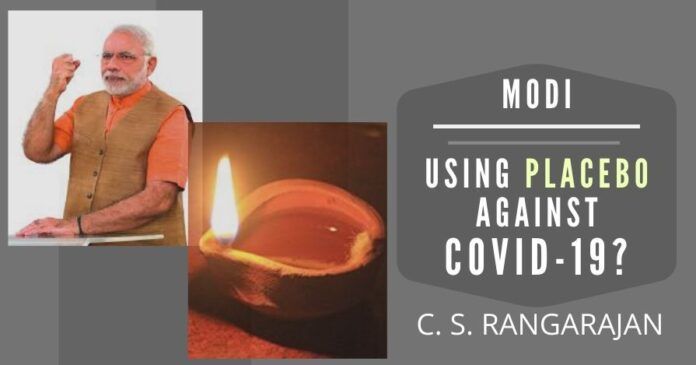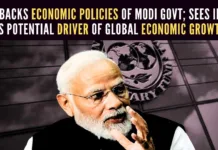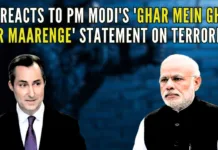
The so-called placebo affects your mind, which can be a powerful healing tool when given the chance. The idea that your brain can convince your body a fake treatment is the real thing.
Crores of people lit lamps in their balconies, outside their houses, in their courtyards as a call by the Hon’ble Prime Minister Narendra Modi on April 5th for nine minutes at 9 PM to 9.09 PM. Worldwide lakhs are affected, thousands are dying without any cure insight to this new Virus.
The Country is under lockdown with cases increasing in India by hundreds. At this juncture, this call by Modiji had many rationalists fuming. People tweeted saying we need PPEs, not lamps. But what prompted the PM to go for this? Placebo (Medicine or procedure prescribed for the psychological benefit to the patient) effect says Chilkur Priest Rangarajan who is a Biomedical Engineer by profession.
The researchers discovered that the placebo was 50% as effective as the real drug to reduce pain after a migraine attack.
Your mind can be a powerful healing tool when given the chance. The idea that your brain can convince your body a fake treatment is the real thing — the so-called placebo effect — and thus stimulate healing has been around for millennia. Now science has found that under the right circumstances, a placebo can be just as effective as traditional treatments.
“The placebo effect is more than positive thinking — believing a treatment or procedure will work. It’s about creating a stronger connection between the brain and body and how they work together,” says Professor Ted Kaptchuk of Harvard-affiliated Beth Israel Deaconess Medical Center, whose research focuses on the placebo effect.
Placebos won’t lower your cholesterol or shrink a tumor. Instead, placebos work on symptoms modulated by the brain, like the perception of pain. “Placebos may make you feel better, but they will not cure you,” says Kaptchuk.
2014, a study led by Kaptchuk and published in Science Translational Medicine explored this by testing how people reacted to migraine pain medication[1]. One group took a migraine drug labeled with the drug’s name, another took a placebo labeled “placebo,” and a third group took nothing. The researchers discovered that the placebo was 50% as effective as the real drug to reduce pain after a migraine attack.
The researchers speculated that a driving force beyond this reaction was the simple act of taking a pill. People associate the ritual of taking medicine as a positive healing effect. Even if they know it’s not medicine, the action itself can stimulate the brain into thinking the body is being healed.
How can you give yourself a placebo besides taking a fake pill?
Practicing self-help methods is one way. Engaging in the ritual of healthy living — eating right, exercising, yoga, quality social time, meditating — probably provides some of the key ingredients of a placebo effect.
Lighting the lamps collectively along with these activities that are positive interventions in their own right, the level of attention you give can enhance their benefits.
“The attention and emotional support you give yourself is often not something you can easily measure, but it can help you feel more comfortable in the world, and that can go a long way when it comes to healing.” Says Rangarajan.
Note:
1. The views expressed here are those of the author and do not necessarily represent or reflect the views of PGurus.
References:
[1] Altered Placebo and Drug Labeling Changes the Outcome of Episodic Migraine Attacks – Jan 8, 2014, Science mag
- Two Constitutions – Deity Rights - June 29, 2023
- How can we establish Rama Rajya through Deity Rights? - November 12, 2021
- Hon’ble President: Kindly resolve Article 363 – Hindu Deity Rights - October 2, 2021











Hon’ble Prime Minister Narendra Modi call to “lit lamps” on April 5th for nine minutes at 9 PM to 9.09 PM reminded me about a little sloka we all kids in a united compound apart from chanting ” Sri Rama Raksha” used to first chant by 6.30 pm :-
“Deepam Jyoti Parabrahma deepam sarvatamopaham, Deepayna saadhyathe Sarvam Sandhya Deepam, Namosthute”
and
Shubham karoti, Kalyaanam, Aarogyam, Dhana Sampada, Guru-shaakshath Parabhrama thas-mai sree Guruvay-namaha”!!!
It’s compound effect. Mind is the most powerful tool that anyone can have. Let the rationalists say whatever. It’s the ‘rational China’ that brought it upon humanity.